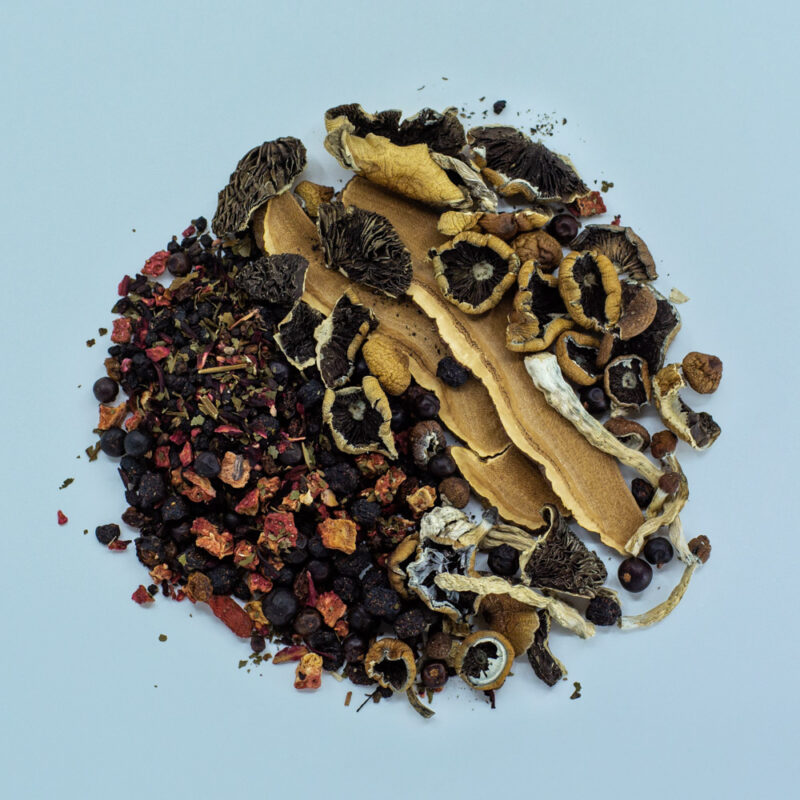Cinema Under the Influence – Part I
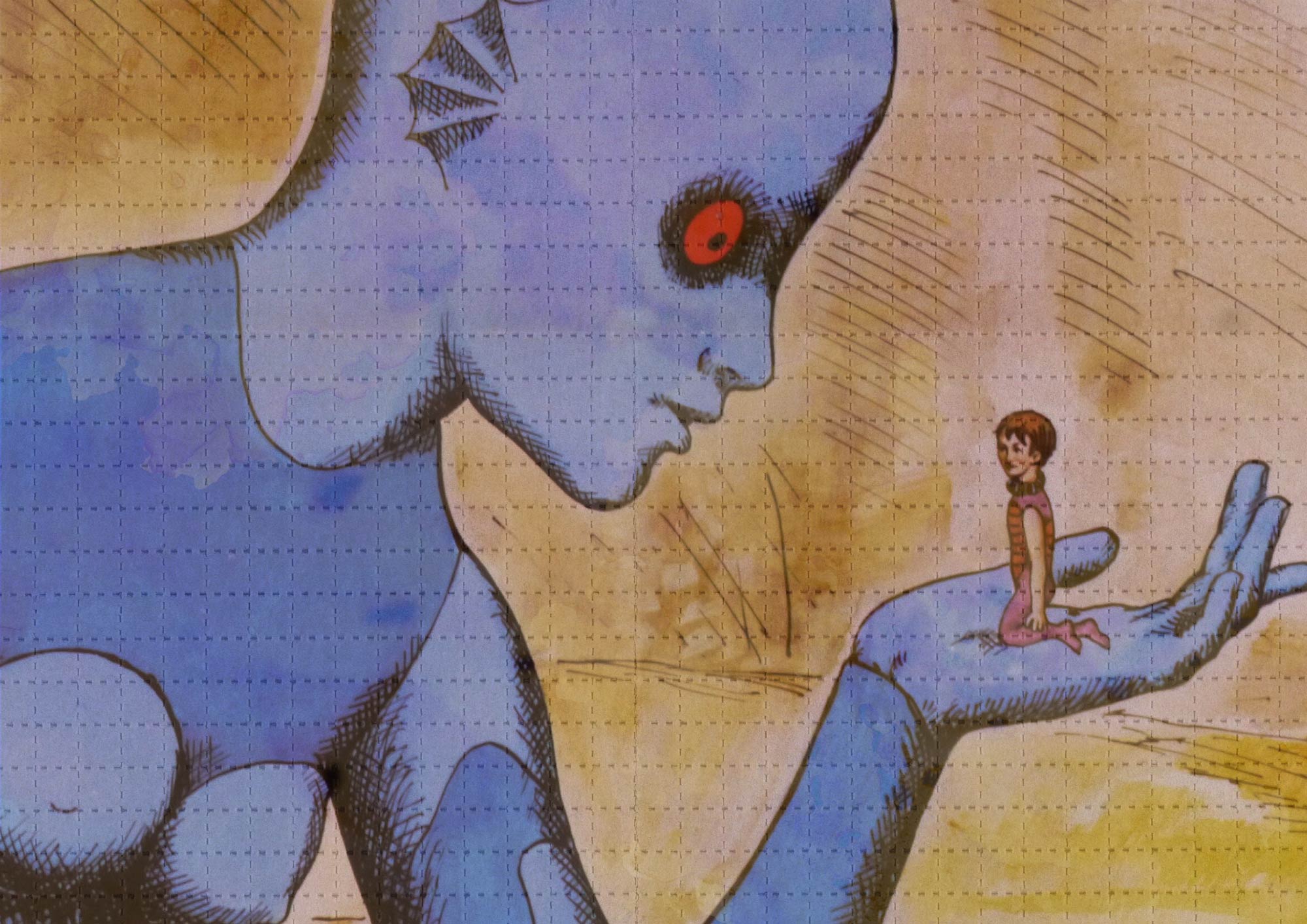
Immersive Foreign Films to Watch Under the Influence
by Marta Djordjevic for Utopia
Psychedelics temporarily alter the way our senses receive information. Using plant medicine to expand one’s consciousness can be viewed as a kaleidoscopic gateway, opening us to a wildly perceptive state. Blending psychedelics and cinema can provide insight we wouldn’t be privy to otherwise. Cinematography, sound design, and a flick’s narration are suddenly amplified, transporting us into the story unfolding before our eyes.
The usage of psychedelics among cinema-goers peaked during Hollywood’s New Wave movement, which started around the mid-1960s and lasted until the early 80s. This also included the rise of “midnight movies,” which saw theatres screening cult films at midnight in a counterculture setting. Alejandro Jodorowsky’s El Topo is a prime example of one of these flicks, mystifying audiences who dubbed it an “acid Western.” Considered by many as the granddaddy of cult cinema, Jodorowsky famously wrote in his book, El Topo: A Book of the Film, “I ask of film what most North Americans ask of psychedelic drugs. The difference being that when one creates a psychedelic film, he need not create a film that shows the visions of a person who has taken a pill; rather, he needs to manufacture the pill.”
While some flicks perfectly capture the essence of being under the influence of psychedelics (think: Gaspar Noe’s Enter the Void), that doesn’t always translate into having a good trip. The movies I’ve included below are guaranteed to whisk you away to dreamy worlds rich in colour and narration. Let me be your guide as we weave through some immersive foreign films to watch under the influence of psilocybin mushrooms.
Spirited Away
I wouldn’t be the first to suggest watching 2001’s Spirited Away after munching on some shrooms. It certainly deserves the hype, as this animated classic is one of the most imaginative films ever made. A movie steeped in symbolism, the thematic elements of Spirited Away are only amplified when you’re under the influence.
We meet Chihiro, a young girl moving to a new town with her parents. While driving, they come across a large red building with a dark tunnel. As Chihiro’s parents get out of the car, eager to explore, their daughter is apprehensive. Nevertheless, she chases after them, marking the start of her otherworldly journey. After an incident turns the two adults into pigs, Chihiro discovers she’s suddenly stuck in a realm full of spirits, and it’s up to her to save her parents, all while trying to escape.
A marvel of narrative and visual storytelling, Spirited Away sees director Hayao Miyazaki at the prime of his career. What we see is a beautiful coming-of-age drama soaked in childlike wonder. Allow yourself to be whisked away in a sheet of comfort, tapping into your own sentimentality and nostalgia. Granted, any movie by Miyazaki would make a phenomenal watch to pair with magic mushrooms. Still, Spirited Away is all-around magic, from the fleshed-out, colourful characters to the absolutely hypnotic setting of this dreamscape.
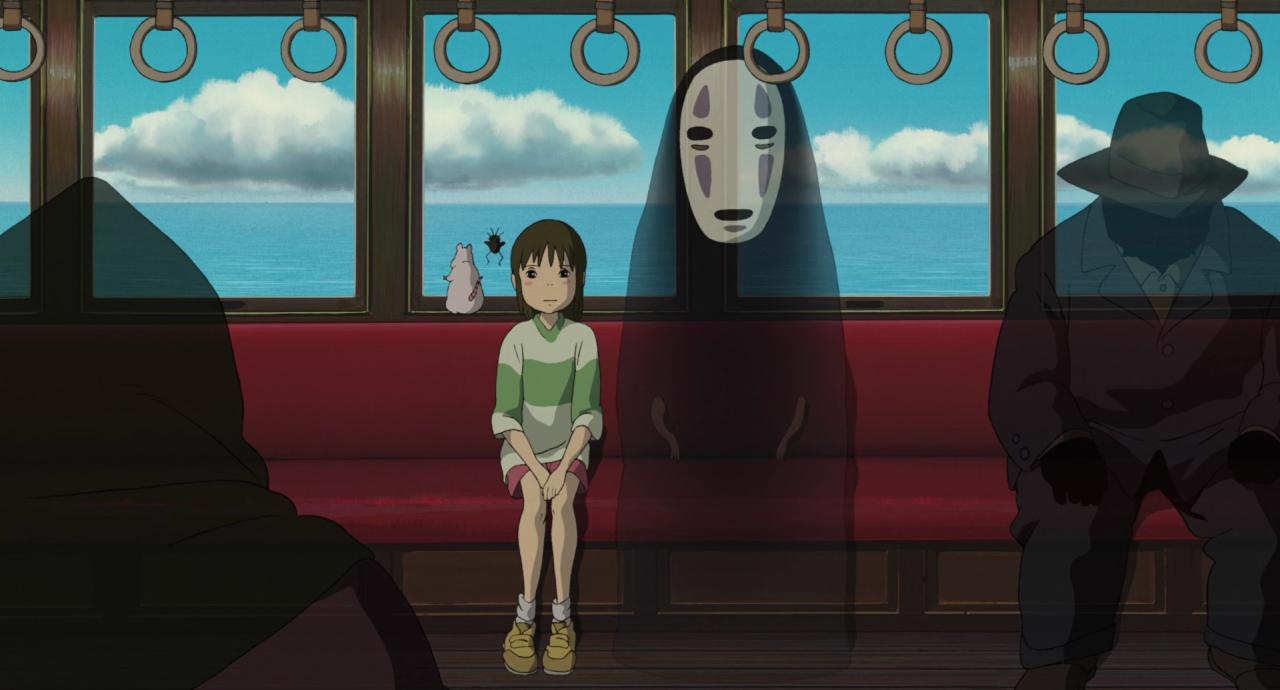
On the Silver Globe
You’ll want to bear with me while I deliver some nitty-gritty details about what should have been Andrzej Żuławski’s magnum opus, On the Silver Globe. This Polish sci-fi gem is actually an adaptation of The Lunar Trilogy, written by Żuławski’s granduncle in the early 1900s. In the mid-70s, Żuławski began working on the script, frivolously writing for two years to complete it. When production started, Żuławski was granted a vast budget, complete with a massive cast and incredible set design. In 1977, when filming passed its deadline, the filmmaker’s production was suddenly shut down by Poland’s new Vice Minister of Cultural Affairs – with only four-fifths of the movie complete. Finally, in the late 80s, Żuławski finished his masterpiece, filling in the missing details with his own narration over some bustling images of Poland.
The story sees a small group of astronauts landing on a planet similar to earth, yet uninhabited by humans. We see one of the women fall pregnant, giving birth to a son who grows up rapidly. From there, a crude civilization is born, and we watch these feral beings build their own society, government, and religion.
I’m not going to lie to you; this 1988 epic is hard to follow — even if you’re not under the influence of psychedelics. That said, the visuals in this one are so visually immersive it’s a definite pick to unwind to when it comes to surrealist cinema. On the Silver Globe is captivating due to the sheer scope of what it covers. Philosophical ponderings, decadent costumes, and transcendental glimpses into mythology all make up this forgotten classic. I can’t think of a more engaging film to ponder on once the credits roll.
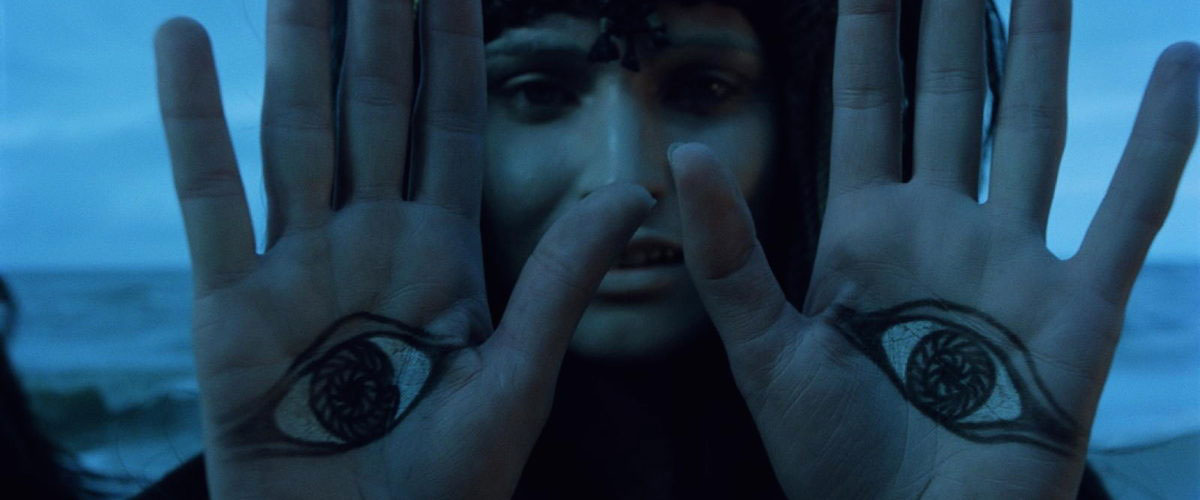
The Holy Mountain
Did you really think I’d write a list of my favourite movies to watch under the influence and not include Alejandro Jodorowsky’s The Holy Mountain? Packed to the brim with iconographic symbolism, Jungian and Freudian concepts, and sheer visual decadence, this 1973 cult classic is the movie to watch after indulging in some magic mushrooms. It’s probably something that Jodorowsky would praise you for doing, as he asked his actors to take psilocybin mushrooms while training in meditation, yoga, and Sufism for three months before shooting The Holy Mountain.
It’s challenging to try and explain the plot of this two-hour assault of the senses, mainly because Jodorowsky gives every scene an allegorical purpose. We follow the lead character, the Thief (who represents the tarot card of The Fool), on a journey toward a red tower. There, he comes across an alchemist. This man introduces him to several people who signify different planets and the negative associations that come with each one. As the Thief seeks enlightenment, Jodorowsky expects the same from his viewers.
Be prepared to strap on for a wild ride and let your senses take centre stage with this one – it’s the epitome of a hallucinatory daydream.
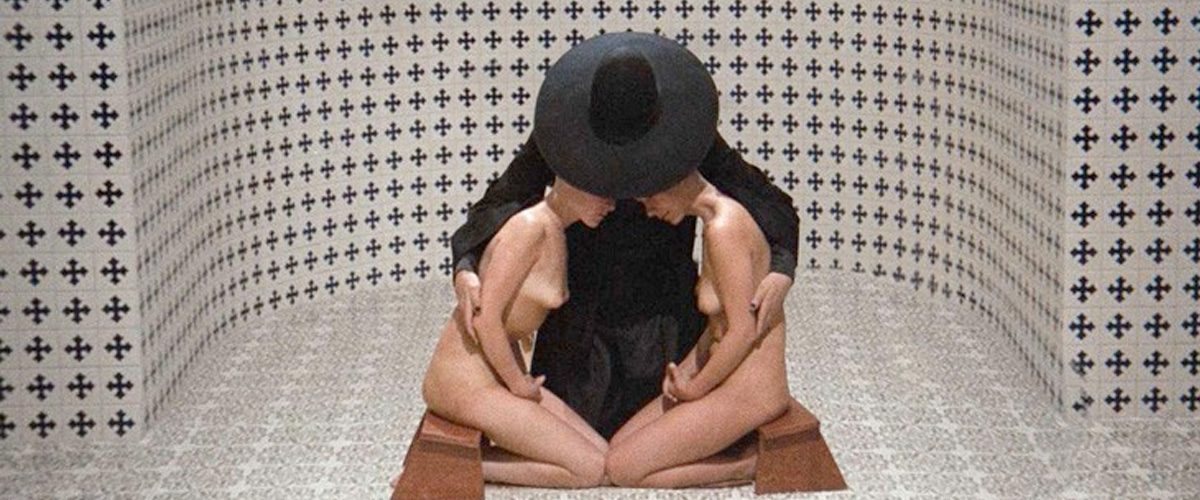
Daisies
If you’re after a flick that revels in its hedonistic plot, then 1966’s Daisies is for you. A jewel of the Czech New Wave movement, Daisies is fun and rebellious, filled with surrealist imagery that includes collages, stop-motion, and colourful filters that blitz across the screen at any given moment. Any traditional cinematic conventions you’re used to seeing are thrown out the window – which makes for a totally mesmerising experience.
Daisies opens with two girls named Marie, who decide that, since everything is spoiled in the world, they’ll act spoiled as well. What follows is anarchic bliss that sees the two pranksters disrupting any bourgeois peace they come across, seducing (and then torturing) their suitors, and digging into decadent feasts whenever they see fit. The Maries are gluttonous and excessive – but they also represent the repressed youth that was fed up with the Czechoslovakian communist regime.
Czech government officials were horrified at the time of Daises’ release, pointing to the film’s climactic food fight sequence as an incredible waste of food – especially at a time when farmers were struggling with agricultural production. Yet, filmmaker Vera Chytilová was purposely provocative with her movie. By opening Daisies with shots of war explosions, she proceeds to let her heroines indulge in everyday destruction. In the final frame, the flick is dedicated to “those who get upset only over a stomped-upon bed of lettuce.” In effect, Chytilová is targeting both upper-class decadence and authoritarianism.
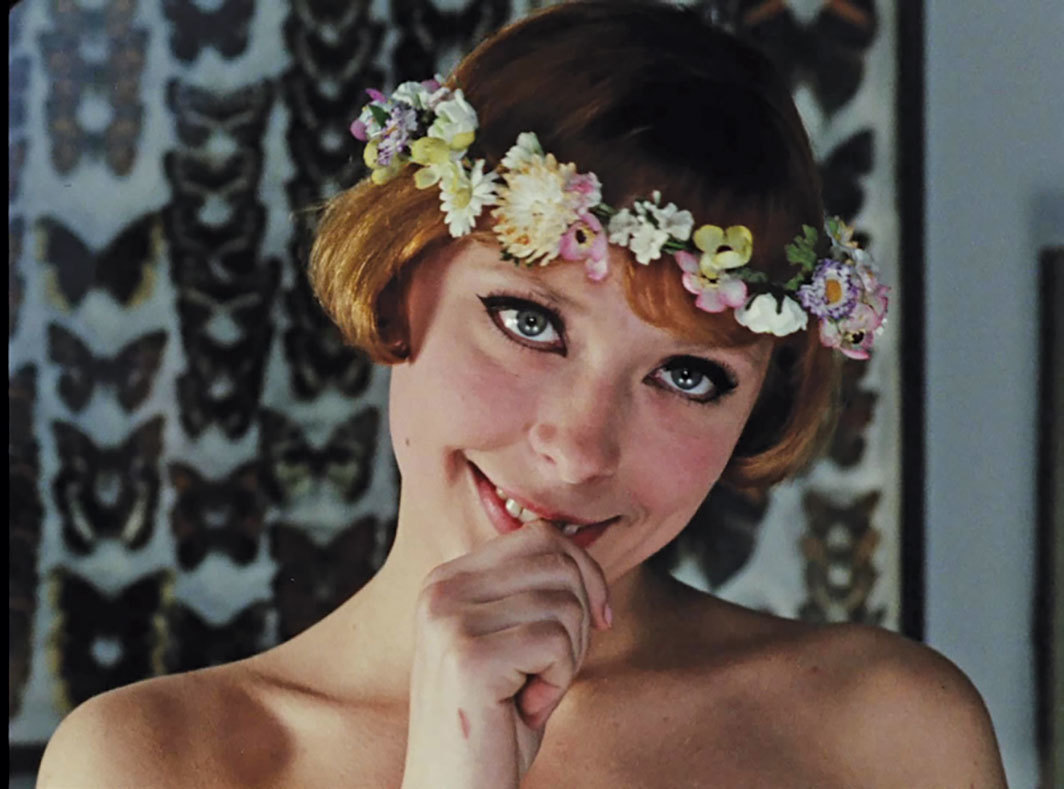
Paprika
There’s a scene in 2006’s Paprika that struck me when I watched it for the first time. In it, the titular character asks, “Don’t you think dreams and the internet are similar? They’re both areas where the repressed conscious mind vents.” The same can be said for the mind under the influence of psychedelics.
We meet Dr. Atsuko Chiba, a psychiatrist who works to help her patients by injecting herself into their dreams. However, Atsuko also moonlights as a detective by night, using the alias “Paprika.” Atsuko and her colleagues have crafted a device called the DC Mini, which allows our lead to move between the dream world and reality in what becomes a trippy visual delight. A problem arises when a prototype of the DC Mini is stolen. Now, Paprika must race to retrieve it before the thief unleashes its potential dark power against, well, everyone.
Of course, in Paprika, Kon challenges the viewer to differentiate between what’s real and what’s merely a dream. Because the flick is animated, it results in a no-holds-barred hallucinatory trip. Equal parts vibrant and confusing, Paprika is almost taunting you to experience it with a platter of magic mushrooms.
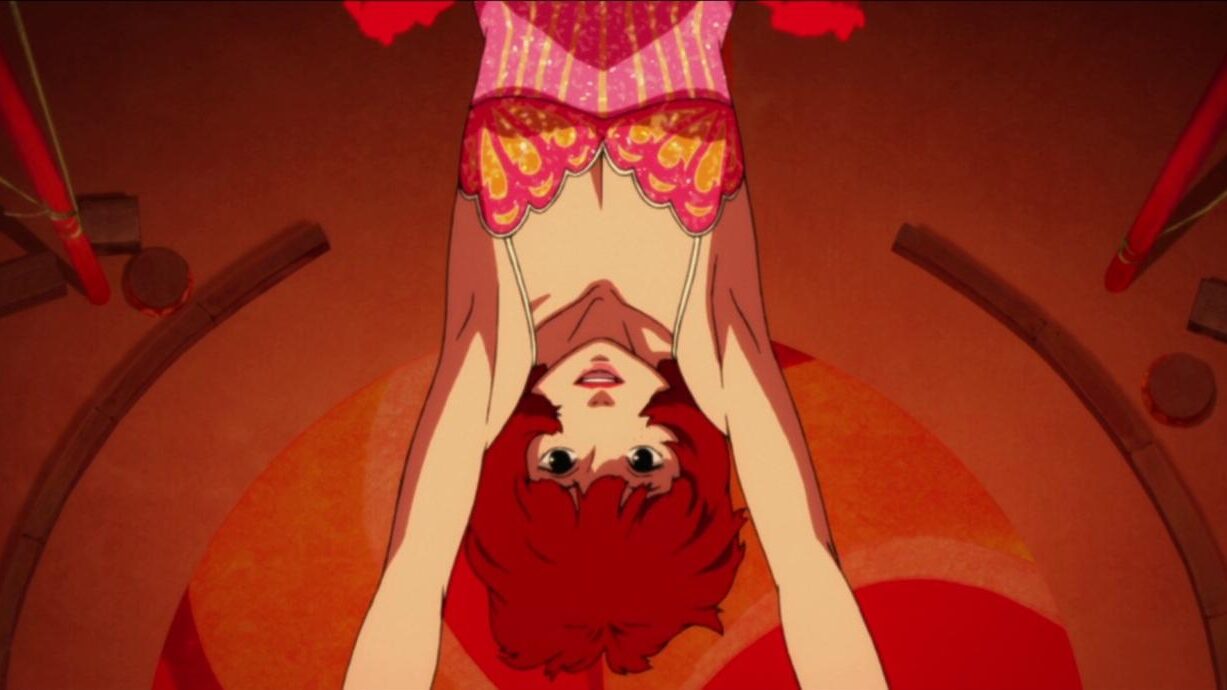
Fantastic Planet
Heralded by fans and critics alike as one of the most remarkable pieces of adult animation, René Laloux‘s experimental sci-fi classic, Fantastic Planet, is endlessly imaginative. Inspired by the 1957 book Oms en série, the film is set on a planet called Ygam, inhabited by giant blue creatures called Draags. The Draags are incredibly advanced – seriously, if you ever had a fear about hyper-intelligent extraterrestrials, steer clear of this one. Living with the Draags are the Oms, enslaved humans, kept as pets and viewed as an inferior race. Of course, when one Om eventually escapes, it sets off a chain of revolt on Ygam.
With a plot like this, there’s no doubt that the visuals of Fantastic Planet are downright spellbinding. It’s made even more unique by the absurd (and sometimes creepy) imagery by Roland Topor. Topor’s work is technically stop-motion, consisting of cutout animation and a cross-hatched drawing style. Combining all this with a psychedelic jazz score by Alain Goraguer and Fantastic Planet is an experience.
Laloux’s film is undoubtedly inventive but also allegorical, shining a light on colonialism, oppression, and both animal and human rights. Fantastic Planet is a thoughtful watch that opens up countless, rambling conversations on life, humanity, and empathy.
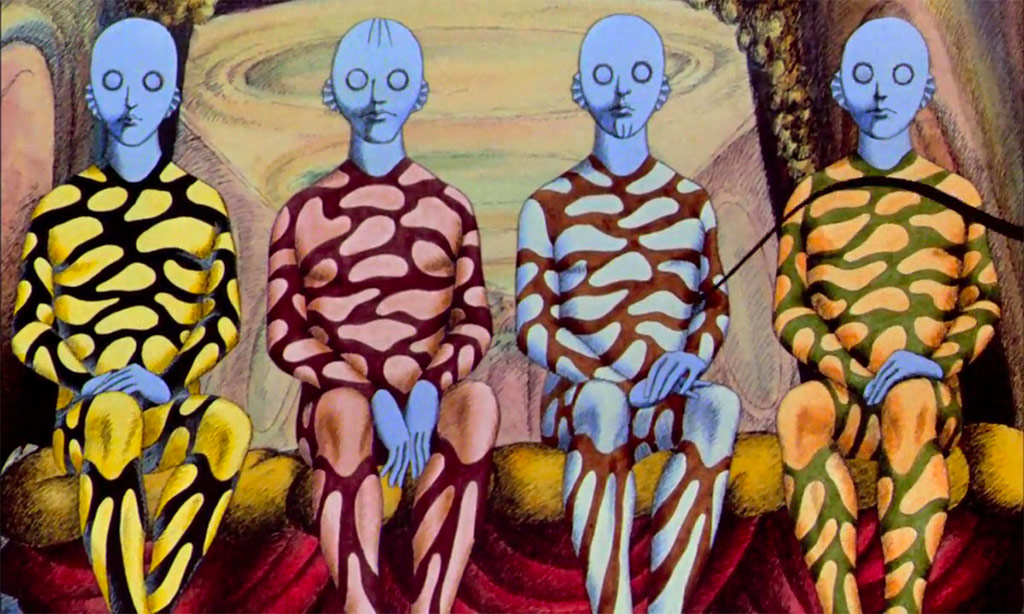
Dreams
I know, I know, what’s an Akira Kurosawa movie doing on a list of films to watch under the influence? Known for his legendary historical epics (and for literally ushering in a method of storytelling called the “Rashomon Effect” with his 1950 classic, Rashomon), Kurosawa’s filmography wouldn’t be something I’d usually suggest checking out while savouring some psilocybin mushrooms. That said, in the latter part of the director’s career, he started releasing character-driven tales. 1990’s Dreams is like nothing else he’s done before.
Consisting of eight ruminative vignettes, the movie is inspired by Kurosawa’s own dreams, mixed with some beautiful Japanese folklore. The tales include a boy coming across a fox wedding in the woods, an art student stepping into the work of Vincent van Gogh (played by Martin Scorsese!), and an army commander returning home, only to come across the ghosts of soldiers he knew during WWII. Rich in colour and tenderness, Kurosawa also brings forth an empathetic approach, covering various themes, including the beauty of nature (and his fears surrounding human destruction), honour, and death.
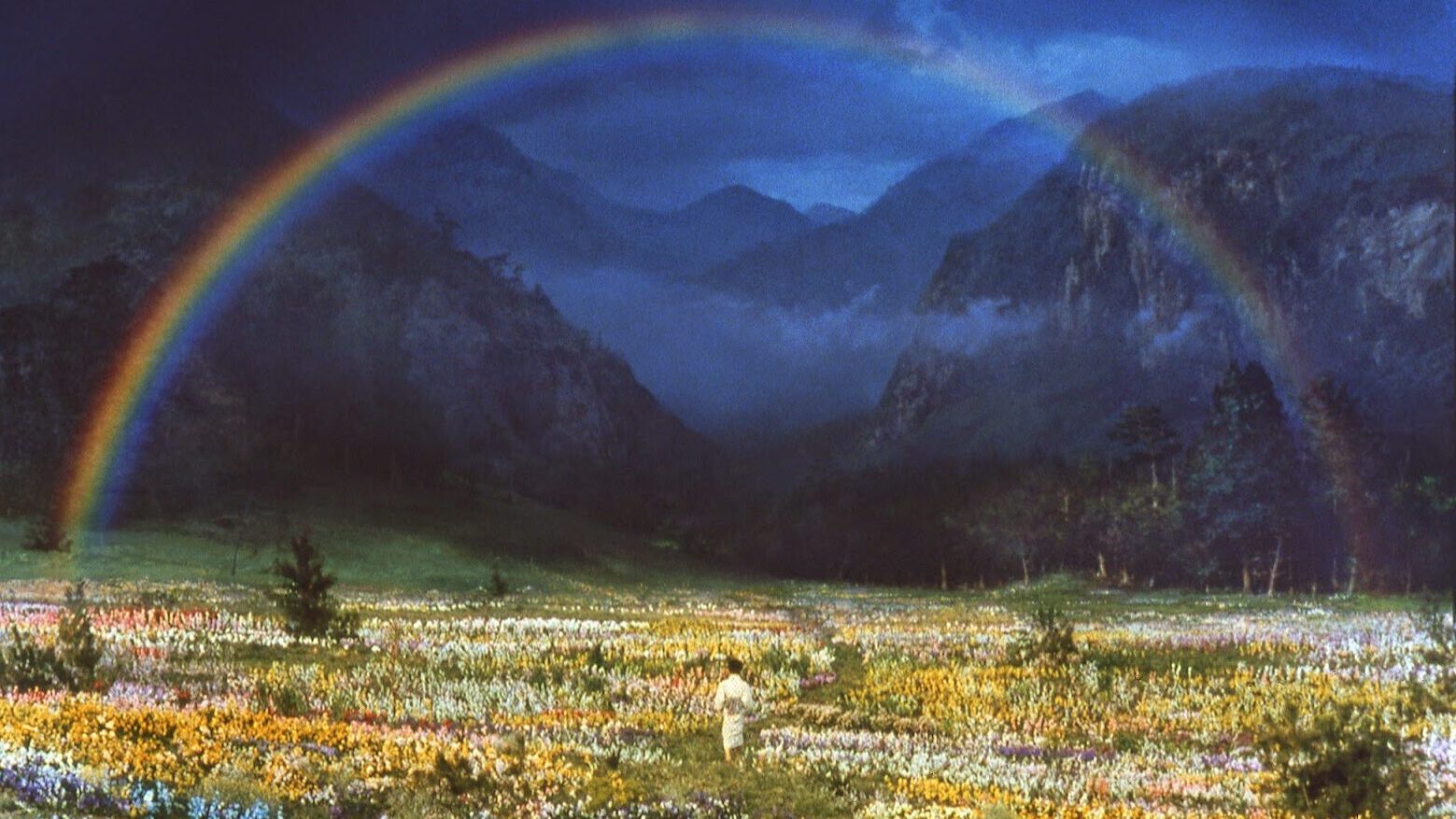
Purchased by Warner Bros. and backed by Steven Spielberg and George Lucas, Dreams also marks the first time Kurosawa was able to use special effects in his movies. The result is transfixing, allowing us to explore this legendary director’s subconscious.

Written by Marta Djordjevic
Marta is a film and pop culture journalist based in Vancouver, B.C. She created Paradise Playground in 2015: a movie and music blog that specialized in artist interviews and indie film reviews. She has worked with and interviewed a variety of successful acts such as Electric Youth, Sofi Tukker, and Jarryd James, to name a few. She then turned to freelance writing, where she’s written for publications such as Little White Lies, /Film, and Looper. Her extensive feature on Claudine Longet for Gusher Magazine was for sale at MoMA’s Design Store in New York.
On the side, she also runs her @marta.mcfly TikTok account, where she shares her film recommendations and encourages discussion and analysis of classic and contemporary cinema. She collaborates with Warner Brothers Canada, Elevation Pictures, and Sphere Films Canada, where she reviews their upcoming releases on her channel.
Find Marta at https://linktr.ee/martadjo Tik Tok & Instagram: @marta.mcfly || Letterboxd: @martamcfly






